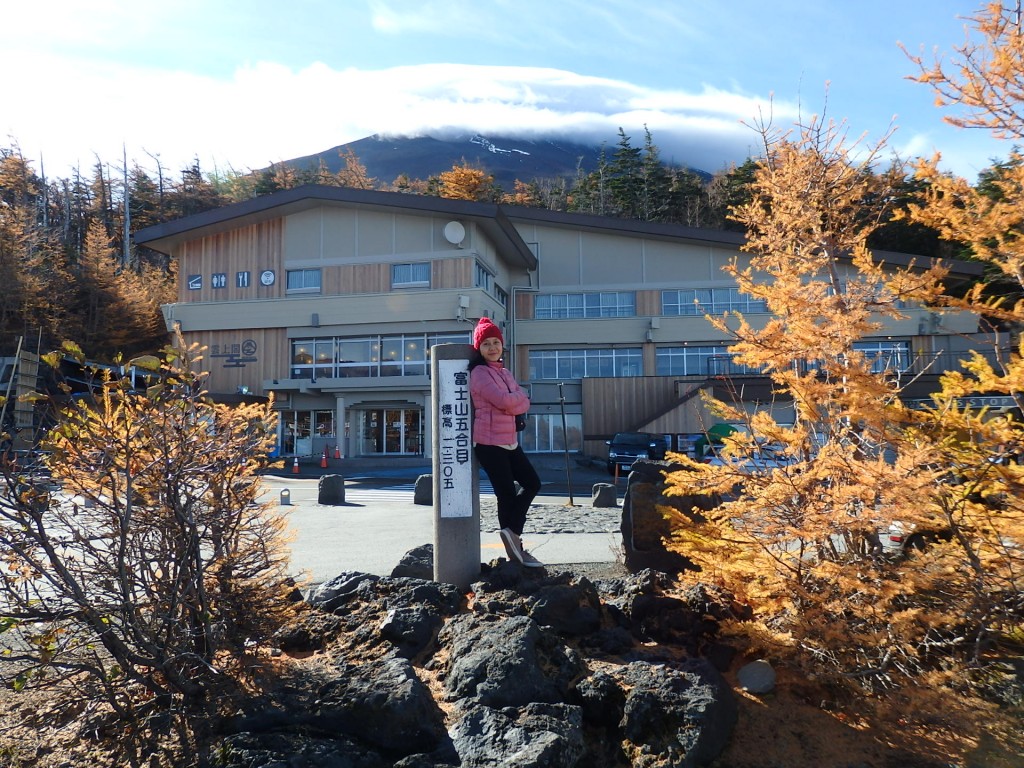My Experiences of a Study Abroad Exchange Program in Japan

To be honest, one of the main reasons I chose to apply to the Foster MBA program was for its excellent exchange programs with 16 partner schools in 14 countries around the world, which include Japan. I had always wanted to do an exchange program in Japan.
As I recall my study abroad experience and think about how to fit an extraordinary 4-month experience in one short blog, all my senses are awakened once again as if I’m seeing the beautiful red autumn leaves, eating a plate of fresh sushi and meditating in a quiet temple.
To me, Japan is a land of inspiration. Beauty lies in everything, from the Japanese language to the sophisticated art forms, but this beauty is not obvious on the surface. One must carefully observe and learn about Japan to fully appreciate it. In Osaka (a major city in Japan), people call a potato “o-imo-san,” where only “imo” means potato. “o” is a term which is used to show respect, “san” is a suffix used after a person’s name to show affection. In brief, people from Osaka call a potato something like “Dear Mr. Potato.” The Japanese rock garden is an art form in itself, composed by an arrangement of rocks, trees and sand which create different forms and images. The largest rock garden in Japan, which I’ve seen and really liked, depicts the image of a pair of dragons emerging from a sea of clouds.These are just two among tons of examples showing the uniqueness, creativity and inspiration the Japanese culture carries.
As exchange students in Japan, we got a chance to grasp the creativity of Japan in an MBA elective at Waseda Business school called Creative Thinking and Ethics in Business. Nobody would expect to have such a class in an MBA program where you learn abstract painting, talk about meditation and the different functions of the left and right brain. It was one of my favorite classes at Waseda. In a nutshell, the class taught us how to practice creativity through understanding which side of the brain we use more often, through abstract painting to express feelings and how important creativity is to various fields of life, including business. We also learned about intriguing research on the difference between a native Japanese speaker’s brain and the brain of those with other native languages, which explains why the Japanese love the sounds of insects and their c ounterparts don’t. This class, to me, provides excellent evidence of the fact that creativity is an integral part of the Japanese way of doing things.
ounterparts don’t. This class, to me, provides excellent evidence of the fact that creativity is an integral part of the Japanese way of doing things.
Inspiration came from not only the language, the art, and the classes, but also from the people I met. A young Japanese couple who has two little boys hosted me in Kyoto for several days. Since they have kids they could not travel, even though they both love travelling and learning about new cultures. Instead, they host visitors from around the world who come to Japan to exchange culture and ideas. Spending a wonderful time eating, talking with them and their friends, and playing with the boys made me think about my future family. It would be a great idea to host international guests once I have my own family. I’d love to bring in people from around the world who come visit my country, to share stories and experiences with them.
In a few words, this is how I remember Japan: beautiful natural scenery, mesmerizing old streets and houses, unique and exciting culture, and delicious food. And yes, the slogan of its tourism industry is absolutely correct: Endless discovery. Yet, all these features seem static. Thinking about them will bring me back to some points in time in the past. There is one thing I took from Japan that I know will go with me for a very long time: Inspiration.
Ha Tran
MBA Candidate, Class of 2015
